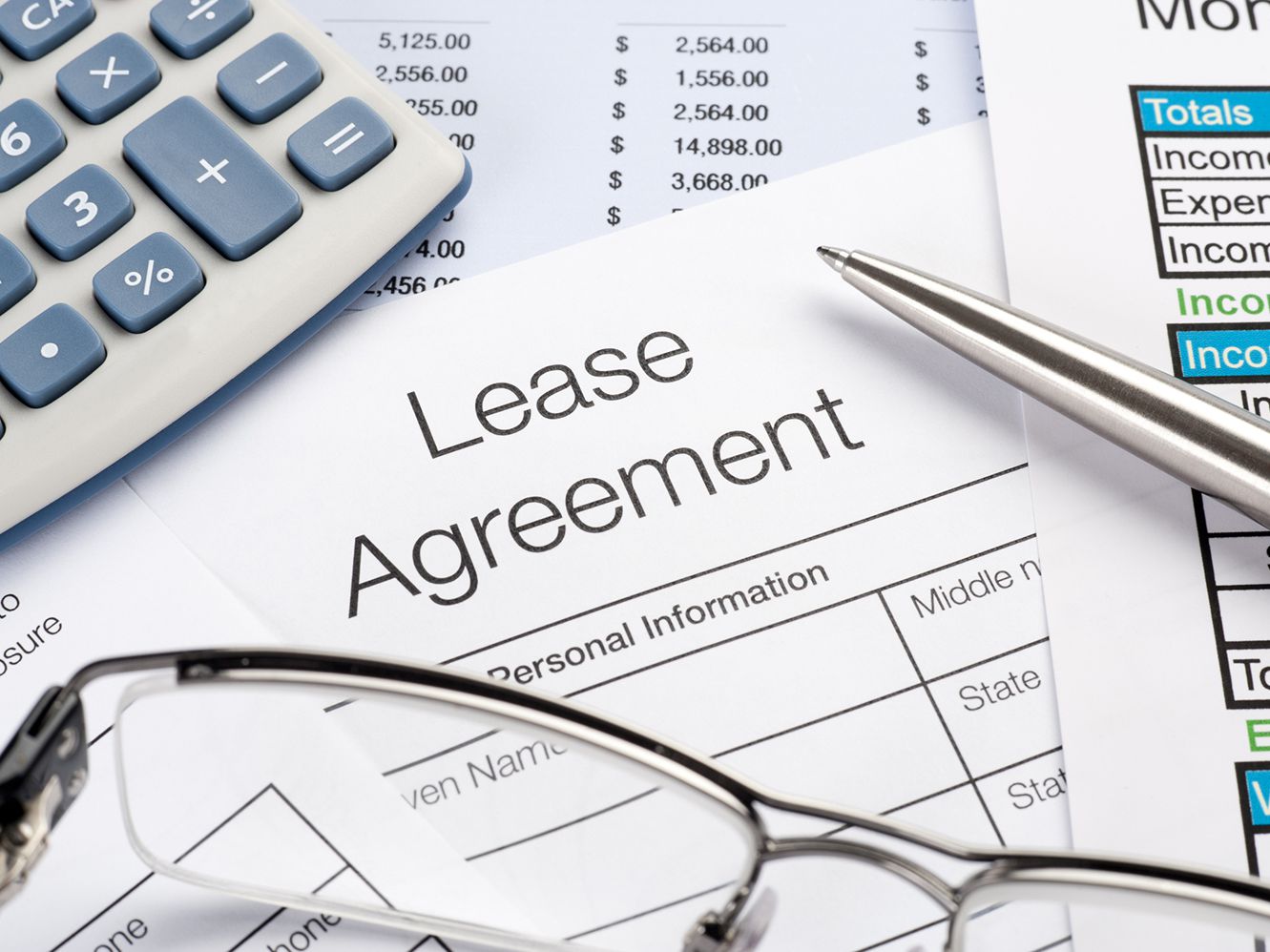
Its easy to fall behind on administrational tasks when the sun comes out and the social calendar starts to pick up, so consider this your friendly reminder to check your commercial lease term.
We know its not the most scintillating activity, but have you considered what happens when a lease term ends and the tenant remains in occupation (“holding over”)? Does it matter, you may be thinking. If both parties continue to satisfy their obligations, is there really a need, we hear you ask. Put simply, YES!
When a tenant starts holding over, the security enjoyed by the parties under the lease goes out the window (unless specified otherwise in the lease). Either party will have the right to terminate the holding over period, and neither party is obligated to continue satisfying the terms of the lease. As such, the landlord may find themselves without a tenant and source of income from the property, or the tenant may find themselves without a premises and no onward address, all upon only a brief period of notice (if any).
You may notice that I’ve hesitated over the use of “notice”. If the lease is exempt from a right of renewal under part II of the Landlord and Tenant Act 1954, the holding over period may create a tenancy at will. This is an arrangement that allows the holding over period to be carried on at the will of the parties until such time as it is terminated by either party with immediate effect.
The situation is slightly different if the holding over period creates a periodic tenancy, and this is where things get a bit more complicated. A periodic tenancy can be an expressed or implied arrangement and its existence will be determined based on the behaviour of the parties (irrespective of whether they intended to create a tenancy at will).
For example, if the parties continued to follow the terms of the original lease as though it had not expired, and they are not negotiating a new lease, it may be argued that the arrangement is not temporary for the purposes of facilitating new negotiations, and may therefore be considered a periodic tenancy.
Crucially, the parties must serve notice in order to terminate a periodic tenancy, and the length of that notice must be determined in accordance with the lease. Now, you may be thinking that a periodic tenancy doesn’t sound so bad, but be warned it has a sting in its tail.
If a tenant is in occupation under a periodic tenancy for a period exceeding 12 months, the tenant may develop a right for a new lease. Such right is dependent on a number of factors (such as continuing to satisfy the terms of the lease) but as you can imagine, removing the tenant from the property without entering into a new lease suddenly becomes MUCH more difficult and is often used as a bargaining chip by tenants.
Each situation must be considered on its own merits, but agreeing with your landlord or tenant whether the lease will be renewed BEFORE the lease term comes to an end may spare you a great deal of uncertainty, whilst also achieving an outcome that you are both comfortable with. Either way, don’t leave it unchecked!
